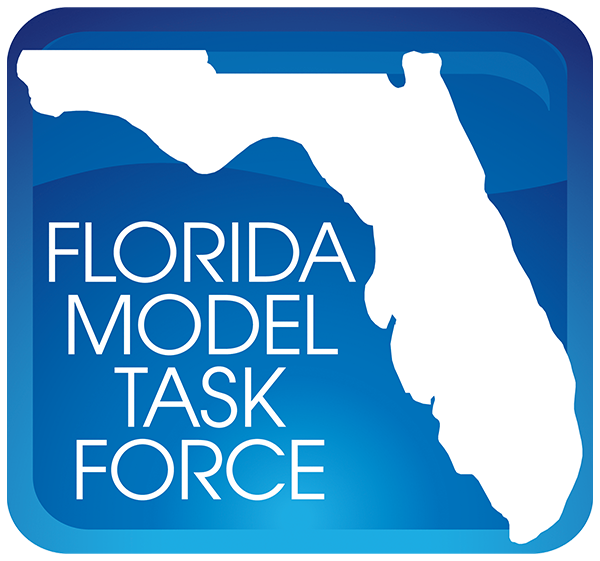Statewide and Regional Models
Posted Sunday, March 02, 2003
As part of the project, a survey of Florida Metropolitan Planning Organizations (MPOs) was conducted in 2001. The survey results were summarized in this report.
Posted Saturday, February 01, 2003
This report presents the results of Part I of a research project carried out by the University of Florida Transportation Research Center for the Florida Department of Transportation. The entire project includes four specific and somewhat independent research tasks determined by the Systems Planning Office to be critical to its future efforts to promote uniform and defensible procedures for the planning level assessment of performance on transportation facilities in Florida.
Posted Thursday, January 02, 2003
The Florida Standard Urban Transportation Model Structure (FSUTMS) forms the backbone of all transportation demand modeling in Florida. FSUTMS provides the traffic forecasts and key measures of level of service and system performance that are used for a wide variety of transportation planning processes and decision-making. FSUTMS is implemented via a software system supported by the Central Office so agencies, consultants, and other entities in the state can use the model for transportation planning studies and analysis.
Posted Sunday, December 01, 2002
Within the State of Florida and around the country, transportation agencies are attempting to improve the overall transportation system by effectively leveraging a multitude of transportation modes (e.g., air, auto, rail). Pedestrian travel is one of these modes. As such, the Florida Department of Transportation developed a Pedestrian Level of Service (LOS) Model1, an effort which included conducting field surveys to assess the quality of existing roadside environments. Afterwards, researchers found that a few unevaluated factors within the roadside environment appeared to have influenced the participants responses to the surveys.
Posted Saturday, November 02, 2002
Advanced Traveler Information Systems (ATIS) provide real-time information to motorists regarding traffic accidents, roadway maintenance and construction, heavy congestion, emergencies, and other traffic delays. Information is transmitted via the Internet, television, rest area kiosks, in-vehicle displays, radio, cellular telephone, and changeable message signs.
Posted Friday, November 01, 2002
Today's transportation planning process is under increased pressure to expand its evaluation of public spending beyond traditional factors such as forecasted travel demand, air quality, and energy conservation. Federal planning guidelines now include the equitable distribution of benefits and costs, environmental protection, and community desires in the list of factors to be considered in the planning process. Transportation spending is also being measured in the context of linking agency goals with those of other agencies at the federal and state levels.
Posted Tuesday, October 01, 2002
The Systems Planning Office of the Florida Department of Transportation has been one of the national leaders in funding research to develop level of service (LOS) planning analysis methodologies for alternative modes to the automobile. Past research funding by the Department has led to the development of LOS planning analysis methodologies for the modes of bicycles, pedestrians, and transit (bus).
Posted Friday, August 02, 2002
Federal and state transportation laws require that a long range transportation plan (LRTP) be developed in urban areas with populations above 50,000. The agency responsible for conducting the long range transportation planning process is the Metropolitan Planning Organization (MPO). The Florida Metropolitan Planning Organization Advisory Council (MPOAC) assists individual MPOs in carrying out the urbanized area transportation planning process by serving as the principal forum for collective policy discussion.
Posted Thursday, March 28, 2002
Planning for the future in a highly populated, dense, and rapidly growing state like Florida is a truly Herculean task. One requirement for such planning is accurate projections of future population. Another is a framework for relating the roles of population growth and transportation investments to each other and to the state's objectives.
Posted Thursday, March 28, 2002
The purpose of this paper is to survey current literature on the economic impact of the Internet on transportation. To that end we have searched literature across disciplines including sociology, geography, business, and economics that offers potential answers to the following questions.
Posted Wednesday, January 02, 2002
Over the past few decades, there has been a growing interest in planning for the safe, efficient, and smooth movement of goods and freight across all modes of transportation. This is because of the growing realization that freight transportation and economic development are inextricably linked to one another. Planning for the safe and efficient movement of freight is directly tied to the economic development of an area, because businesses often locate in areas where just-in-time logistics practices can be implemented effectively and reliably.
Posted Wednesday, January 02, 2002
Travel demand models in the State of Florida generally model daily travel demand and produce estimates of daily link volumes that are then converted to peak hour volumes through the application of appropriate conversion factors. Current FSUTMS models in the state operate on a daily basis and then produce peak hour estimates through a simple post-processing routine.



